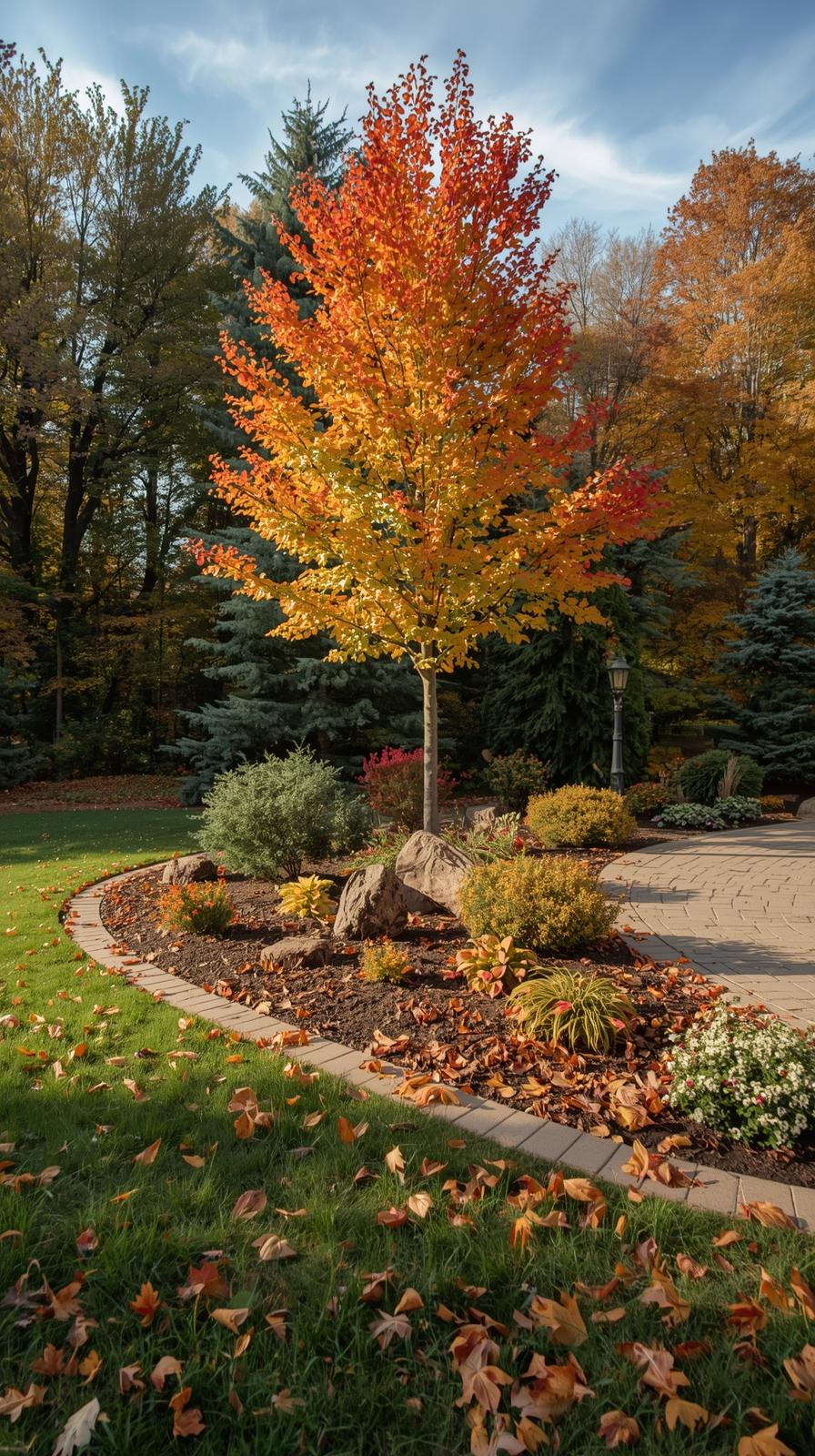✂️ Fall Pruning Guide: What to Cut Back and What to Leave Alone
As fall sets in and plants begin to slow their growth, it’s tempting to grab your pruning shears and start trimming everything in sight.
But timing—and technique—matter.
Pruning too much or too early can harm your plants and impact next year’s blooms.
With the right approach, fall pruning can improve plant health, shape your landscape, and prevent disease.
Here’s LawnMart’s guide on what to prune in fall—and what to leave alone until spring.
🍂 1.
Why Fall Pruning Matters
Pruning in fall helps:
Remove dead or diseased branches before winter storms.
Shape plants and trees while their structure is easy to see.
Improve air circulation and sunlight exposure for healthier growth next season.
But not all plants benefit from a fall trim—some need their foliage to protect them through winter or rely on existing wood for spring blooms.
🌳 2.
What You Should Prune in Fall
These plants benefit from light trimming and cleanup before winter:
✅ Dead, Diseased, or Damaged Wood
Always remove any dead or broken branches on trees and shrubs to prevent rot and pest problems.
✅ Perennials That Die Back Naturally
Cut back plants that turn brown and mushy after frost, such as:
Hostas
Peonies
Daylilies
Irises
Leave 2–3 inches of stem above ground to mark their location for spring.
✅ Overgrown Shrubs and Small Trees
You can safely thin or shape sturdy shrubs like:
Boxwood
Yew
Privet
Hydrangea paniculata (not the spring-blooming types)
💡 LawnMart Tip: Always disinfect your pruning tools between cuts, especially after trimming diseased branches.
🌿 3.
What You Should Not Prune in Fall
Some plants need their foliage or old growth to survive the winter—or they set buds in fall for next year’s flowers.
Avoid pruning these until spring:
🚫 Spring-Blooming Shrubs
Cutting them now removes next season’s flower buds.
Wait until after they bloom in spring.
Lilac
Forsythia
Azalea
Rhododendron
Magnolia
🚫 Evergreens
Pruning late in the season can expose them to winter burn.
If needed, shape them lightly in early summer instead.
🚫 Roses (in cold climates)
Heavy pruning encourages new growth that can die back during frost.
Simply remove dead or diseased stems and wait until spring for full pruning.
🚫 Perennials That Provide Winter Interest
Leave these standing for texture, wildlife, and protection:
Coneflowers
Black-eyed Susans
Ornamental grasses
Sedum
Their seed heads feed birds and their stems shelter beneficial insects through winter.
🪴 4.
Fall Pruning Best Practices
Follow these simple rules for safe, effective pruning:
Use sharp, clean tools to make clean cuts.
Cut at an angle just above a healthy bud or branch junction.
Never remove more than one-third of a plant at once.
Mulch around plants after pruning to protect roots and conserve moisture.
💡 LawnMart Tip: Dispose of diseased plant material—don’t compost it.
This prevents pathogens from spreading in your garden.
Fall Pruning Guide
What to Cut Back and What to Leave Alone
